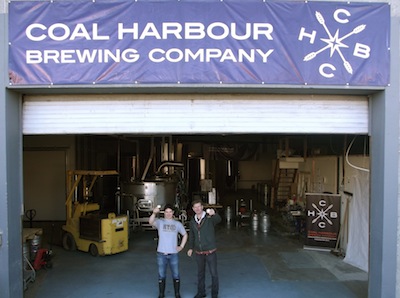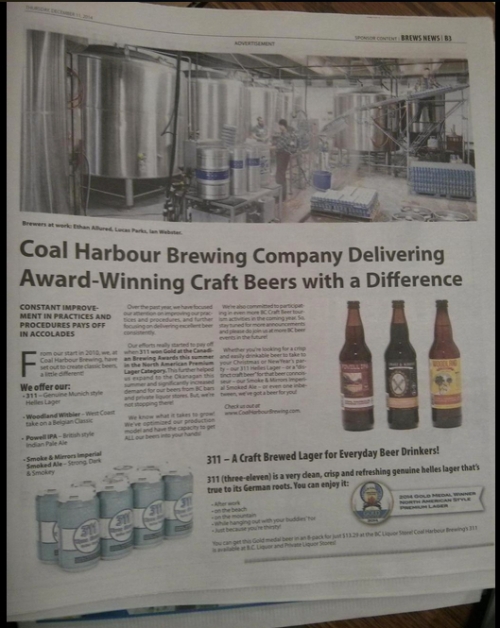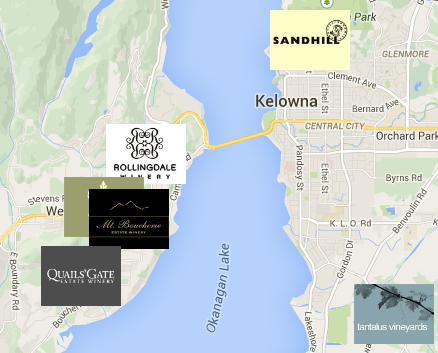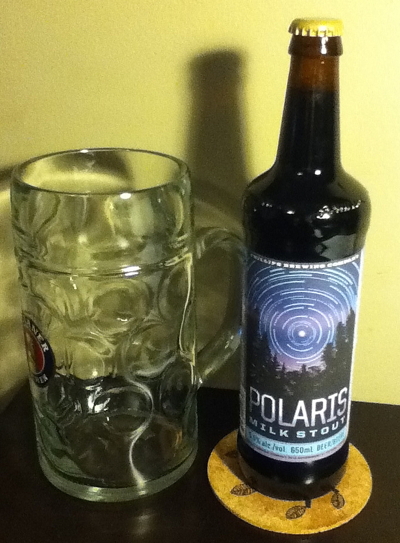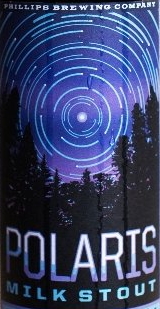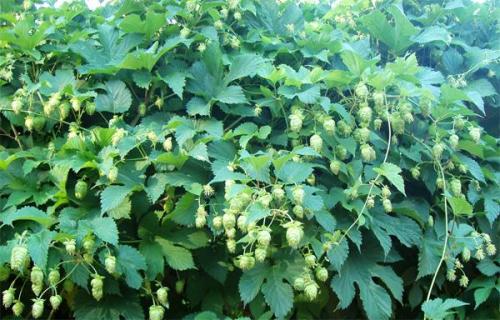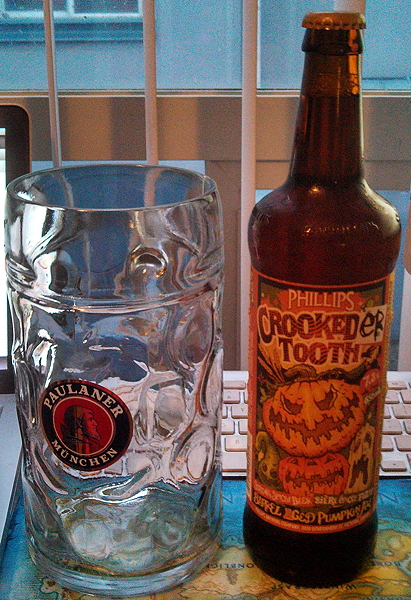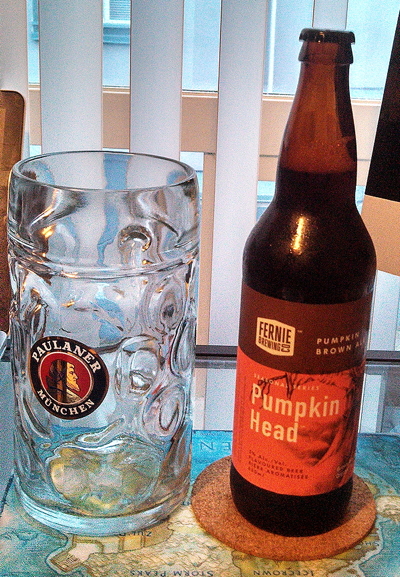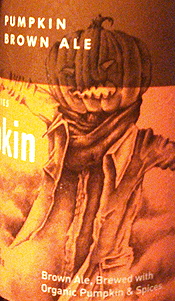Vancouver Island Brewery: Piper’s Pale Ale

Celebrating thirty years of operation, Vancouver Island Brewery (VIB) has rebranded their Piper’s Pale Ale with a logo commemorating the 100 anniversary of the Battle of the Somme. The ale is named after Canadian Piper John C. Richardson, winner of the Victoria Cross for heroism at the Battle of the Somme.

It is now fall in Vancouver, and although the weather is warm, the air is cooler as we head towards October. With the pumpkin ales already on the shelf, I am aiming for a more traditional beer. This beer, part of the VIB’s signature line, was the second beer brewed by the Victoria based brewery, starting its production run in 1986. The pale ale is advertised as a traditional English pale ale, with light, earthy malt and a slight hop character for a crisp, dry finish. I bought the beer in a six-pack for the3 341 ml format, about $12s cdn from a government store. The beer is 5% alc/vol. My expectation here is a robust pale ale, hopefully balanced, nuanced and refreshing.

On June 15, 2016, VIB founder and owner Barry Fisher sold the company to Bob MacDonald, the co-owner of Ontario’s Muskoka Brewery, with Tim Barnes of Central City Brewers (Vancouver) taking over as President. VIB’s Ralf Pittroff, Bravarian-trained Brewmaster, would continue at his post.

Left to right: Tim Barnes, Barry Fisher and Bob MacDonald.
The reviews I read rated this a middle of the road pale ale: good, but not outstanding. The beer pours a clear, pale, copper to gold, with light carbonation and a thin head. Aroma of malt and citrus on the nose. A crisp, slightly hoppy profile develops on the tongue, with refreshing malt and some bitterness for length: a balanced, pub-style ale, neither too light or too heavy. Rated 87 points by tastings.com.

Statue of Piper John C. Richardson, VC, in Chilliwack, British Columbia, by Master Sculptor John Weaver, unveiled October 11, 2003.
John Cleland Richardson, born in Chilliwack, BC, November 25 1895, was twenty years old when he was killed on the night of October 8th (or morning of the 9th) during the Battle of Ancre Heights at Regina Trench, the Somme. Fifth (Reserve) Army, Canadian Corps, had been tasked with capturing the slopes rear of Thiepval Ridge; the Schwaben, and Stuff redoubts, and Regina and Stuff trenches, over an offensive depth of half a mile. Advancing through uncut wire and in raining weather, in the face of enemy fire, piper Richardson, of the 72nd Seaforth Highlander Battalion, inspired his company of 16th Battalion Canadian Scottish (Princess Mary’s- Victoria, BC), 3rd Brigade, 1st Canadian Division, with his bagpipe playing. Richardson’s company then assaulted and captured the opposing Regina trench-line. Richardson was detailed to recover wounded and prisoners. When he went back out on the morning of the 9th to find his missing bagpipes he disappeared, his body only later recovered in 1920. For his heroism he was posthumously awarded the Victoria Cross. Richardson is buried at Adanac Military Cemetery, France. Thanks to Mike Thornley for help with this section!









